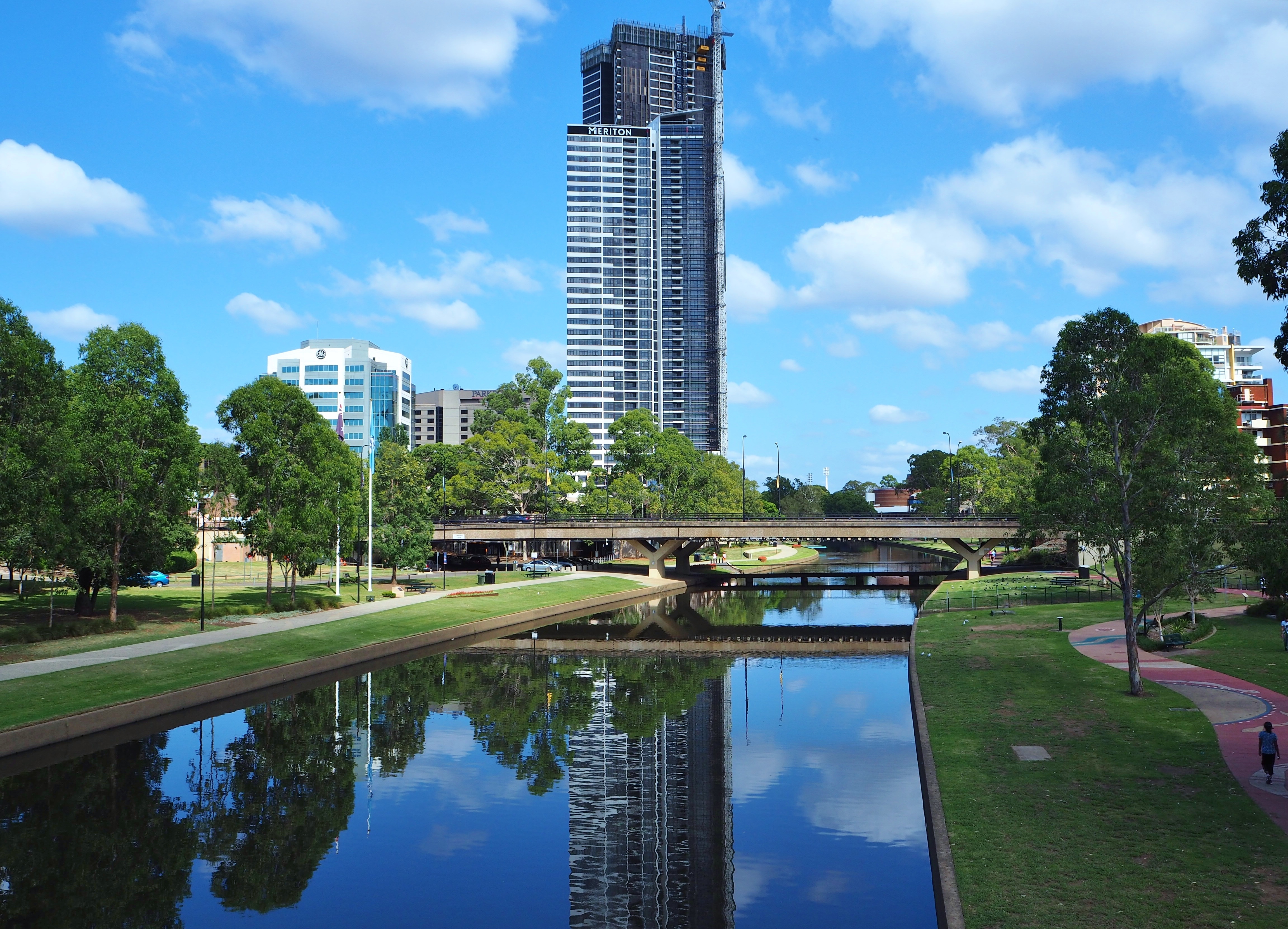Share This Article
ArrayPoppy Morandin.
The NSW government has revealed that Camellia, a suburb near Parramatta, is the proposed location for the state’s new jail, in a move to aide over-crowding.
Camellia is the preferred site for the prison that will house around 1,000 inmates, as confirmed by three senior government sources.
The new plan comes four years after plans were abandoned to build a jail at Wollondilly, located in the south-western fringe of Sydney, following opposition from locals.
In response to a freedom-of-information request from the Sydney Morning Herald, it was revealed that a cabinet subcommittee is considering the future of the Greater Parramatta and the Olympic Peninsula area, which may include “potential future prison precincts”.
The suburb is on the banks of the Parramatta River and is comprised of largely industrial land that has been exposed to industrial contamination.
It is situated between the Silverwater Correctional Complex and the Parramatta Courts.
The proposal is a part of Corrective Services’ plans for an extra 5,000 prison beds by about 2025 in order to reduce overcrowding.
Corrective Services has commented that “any possible redevelopment” of Long Bay prison would not begin until there was additional correctional capacity in greater Sydney.
In considering the new site, Corrective Services has outlined that it is imperative that any new prison was located in Greater Sydney “to ensure inmate access to families, support services and the metropolitan courts”.
“Corrective Services NSW has assessed a number of potential sites for a corrections precinct with secure, modern, fit-for-purpose facilities. The NSW government is yet to determine the best strategic option to house this growth in Greater Sydney.” it commented.
However, Parramatta lord mayor Bob Dwyer has stated that the council and locals would be “very disappointed” if the proposal is goes forward as there had been long held plans for ways to transform the suburb, including housing.
“We have got a very clear vision. We want that area cleaned up so we can house people. By putting a jail there, it throws everything into an unknown future,” he said.
“It is prime waterfront area, with great potential, but we are getting conflicting messages from government. If you build a jail there, who is going to pay to clean up all of that contaminated area?” Mr Dwyer continued.
Greens MP David Shoebridge commented: “One thing we don’t need in 2021 is a new prison.… Instead of another jail let’s fix broken bail and drug laws and invest in mental health services & drug rehabilitation.”
He labelled the move as “bad for Sydney, bad for society, [and] bad for the criminal justice system.”
Latest figures released by the Bureau of Crime Statistics and Research reveal that the NSW prison population remained steady in the 3 months to September 2020 after falling sharply between March and May 2020.
In September 2020 there were 12,701 adults in custody, which is a 6.1% reduction in inmates than a year ago.
The drop has been largely contributed to the justice system’s response to the COVID-19 pandemic.
This response includes a rise in the number of accused persons released on bail while waiting for their court case and a reduction in people sentenced to prison as court appearances were deferred.
The youth prison population has seen even larger reductions, currently standing at a historic low of 190 young people in custody.
This figure represents a 19% drop, or 45 fewer young people than in September 2019.
However, Corrective Services predicts that numbers will rise over the next decade including due to population growth.
Existing practices to deal with current prison over-population include double or triple-bunking existing cells.
The Audit Office has criticised the NSW government for using temporary measures to address overcrowding in an ongoing way.
It has outlined how overcrowding in prisons increases the risk of “inmate on inmate assault rates, inmate on staff assault rates, risk of self-harm and suicide when combined with low hours out of cell, reduced ability to manage inmates safely and securely using empty cells, reduced ability to place inmates in gaols of classification, reduced access to rehabilitation without commensurate increases in resourcing.”
Have a question? Speak to our experienced criminal lawyers from our Parramatta branch today.
Book a Lawyer Online
Make a booking to arrange a free consult today.
Call For Free Consultation
Call Now to Speak To a Criminal Defence Lawyer
Over 40 Years Combined Experience
Proven SuccessAustralia-Wide
Experienced LawyerGuarantee
 (02) 8606 2218
(02) 8606 2218
 (02) 8606 2218
(02) 8606 2218














